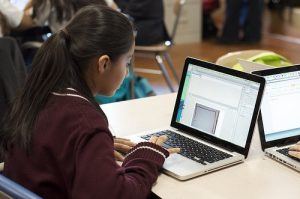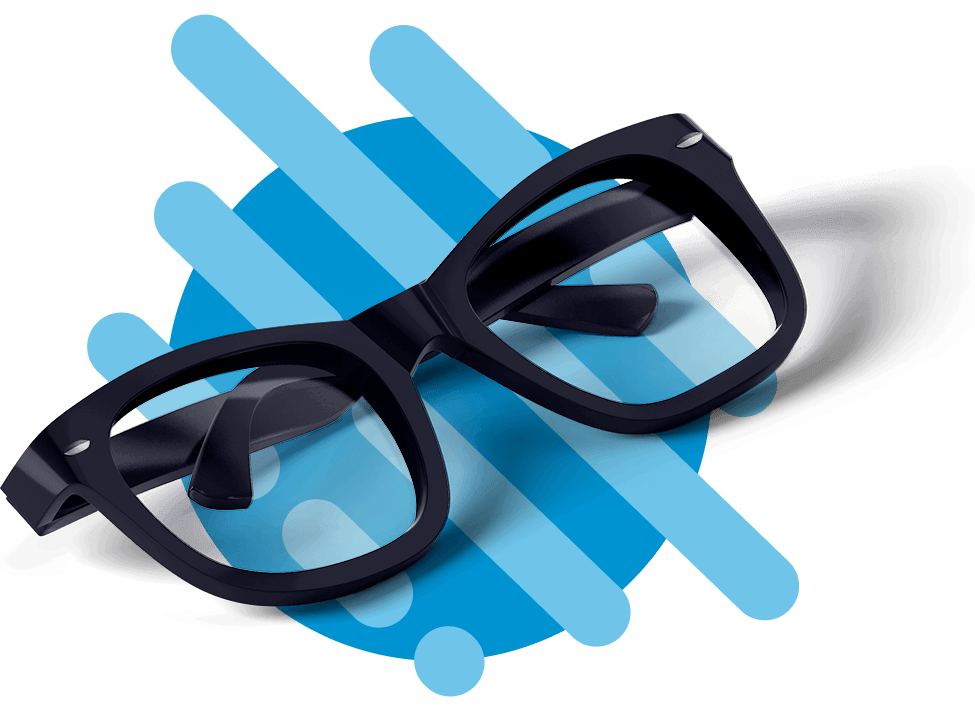
The team speaks: blended learning
Education
The team speaks


In this article we delve into the thoughts of some of those who are walking the online learning talk. This allows us insight into the mechanics of creating a blended learning experience. I asked 3 questions relating to blended learning to 3 members of the Advantage Learn team. Each of them represent a different step in Advantage Learn’s development process.

Caitlin Gevers is the Managing Director of
Advantage Learn.com.
Trish Pike (well known to Advantage Learn learners) is theDirector of Teaching and Curriculum Development.
Adam Kinder is the e-learning manager at AdvantageLearn.com.
I sat down with them and asked the following questions to get their their thoughts on and insights into blended learning
- What is blended learning to you
- Why do you think blended learning is valuable/the way forward?
- What challenges does blended learning present for both educators and learners?
Their responses expose the world of interaction and possibility opened by online learning in the world of education. So let’s delve into the minds of those at the forefront of blended learning development.
What is blended learning to you?
Trish is an educator with over 40 years of teaching experience. She is enthusiastic about the opportunities of blended learning. She describes it as “being able to have a topic taught to you by a person in a classroom, but the content of that lesson is then also available online. For me that is true blended learning. You are able to go away and revisit the lesson.
Sometimes it’s like re-watching a film. ‘Cos so often when you watch a film the first time, okay, you loved it. The second time you go, ‘Ah…I missed that…and I missed that! And I missed that!’”
Blended vs traditional classrooms
Caitlin looks slightly more in depth at the comparison between blended learning and traditional classroom methods. “For me blended learning is simple – it’s just using a combination of teaching methods or teaching materials. If you think about teaching in person in a classroom – how we all got taught – we were taught inside a classroom by a human who was with us in the flesh, with printed pieces of paper in front of us.
There was little to no technology – maybe an overhead projector or a TV rolled in on a TV stand. That was our experience. We got taught content in class and then we went home. At home we practiced and then if we had questions we either asked our friends, or we had to try remember to talk to our teacher the next day, or we had to try figure it out ourselves through a textbook. If we had questions of application, it was generally at home.”
For those of you reading this article that went to high school more than 5 years ago, this would sound like a familiar learning environment. So, how does incorporating online learning to form a blended class affect the classroom environment? As Caitlin explains, “blended learning is really just about adding in online resources to what you’re already doing. Except you have a bit of room to mix it up.
You can flip a classroom around.
You can learn content at home and then you can practice and ask questions and engage in person in the classroom”
Caitlin explains that at Advantage Learn, incorporating ‘online resources’ means, “utilizing resources like videos, quizzes, and downloadable notes and combining them with traditional, in person courses, in a classroom” In doing this, blended learning, “essentially tries to ensure that subject matter is engaged with in a more meaningful way. So, when you are with a human being (in person), you already have stuff to ask – you already engage and you’re not sitting back as a passive listener. Learn at home. Practice in class.
You can have a two way conversation as opposed to sitting back and just being taught at.”
Fitting people who are ‘outside the box’
Adam points out that blended learning is not purely beneficial in the typical school going education setting. “Blended learning is great for students who have full time school to attend, or who are out of school. So anyone who is in a full time job. You don’t have time to attend a university if you want to get a degree or you want to enhance your skills. So, there isn’t time to do a complete course, in person. So I see blended learning personally as the space that is best for people who need in-person content (they need to see a teacher) but they haven’t got enough hours to spend with the teacher as the sum total of the learning experience. You are getting the best of both worlds.”
Adam elaborates on the ‘best of both worlds’ highlighting that there are merits to ‘both’ ways of teaching.
“There is an argument for studying online only, and there is an argument for in-person only, but there are limits to both.
The limits of online are you can never really ask a question, you can…but the chances of you getting the teacher are very slim. Whereas if you are in person you put your hand up and you ask your question and you get an answer right there and then. For people who like to ask questions and really engage with the content, online is not necessarily for them. But then you get people who like to be fully in charge of their own learning, to learn at their own pace and be fed knowledge and not really ask questions. Then you get the person in the middle who wants to learn at their own pace because they have a full time job or school, but at the same time they need a teacher to answer questions when they have them. With blended they can do the online content, then go to their once a week or once off session with their questions already prepared to make the most out of their blended course. Their questions are answered and they can review all the online content now that they have their answers.”
Why do you think blended learning is valuable/the way forward?
As an educator Trish knows the struggles learners face. “The big thing about blended learning is that you can revisit it and you can go at the pace that you want to. Whereas in a lesson, you are forced into a specific pace. Online you can pause it, take notes and think about it. So for me that is the biggest plus about blended learning.”
In addition Caitlin points out that the way the world works is changing.
“The way we are expected to use knowledge is different now.
We don’t have to know things off by heart, but we have to know how to ask questions, access information and engage with our world. Our working world is different too. So I think it’s necessary from that angle to prepare people for what their actual life will be like when they stop studying. There is a vast multitude of knowledge that’s accessible. It seems unwise not to use it because in the working world it is necessary to have those skills. Blended learning better reflects a more real experience of what the world is like. It is also just silly not to incorporate blended learning. We have the Internet at our disposal so there’s no reason to follow a traditional learning trajectory. If you are slower you can watch your videos slower. You can re-watch them repeatedly until you understand. If you are faster you can skip through the content and be extended and stimulated.
Linked to this Adam points out, “With blended learning lessons can actually go at the pace that a lesson should. You can actually cover the whole content online, so there are less time constraints on in person contact. Self-study is huge. The students in school right now, they’re spoon fed everything. As soon as they hit university they need to know how to study by themselves, they need to know how to study at pace. In my varsity days learning at a fast pace definitely happened. The chances of you actually getting hold of your lecturer are very slim, and you’ll never ask a question in a lecture of 200 people. Especially when it’s a really ‘dumb’ one. The advantage of a high school student doing it now is that it’s a nice way of getting them used to the university way of doing things. So for students now asking, ‘Why a blended course?’ Well, it’s training you for university and how to balance your learning, as well as having the facility where you can actually ask questions.”
What challenges does blended learning present for both educators and learners?
Trish intimately understands the challenges facing those constructing a blended curriculum. “From an educator’s point it involves a lot more preparation because you are not able to just do it – to walk into a lesson and do it off the cuff. If you are going to be using technology to its fullest advantage, you’ve got to be prepared. Lessons are usually just listening, and so many children these days are so visual and not auditory, so with blended learning you have both – the visual and the auditory. So I can only see it being a plus. It is a lot more work for the educator, but once you’ve done it, it’s there.” Adam explores the challenge facing educators in transforming a course into a blended course, “Anyone who has done teaching knows how to teach in person when you have a class in front of you. You know where they’re going to struggle and what’s going to go wrong. The online aspect of blended learning is a challenge, because how do you teach?
Online and in person must work together to help you on a topic, but they are two separate things.
You would never do the same example in your blended course if you’re doing examples of mathematics, you won’t pick the same example, but you’d cover the same methods. So if a student didn’t get it online because they prefer the in person part, they can re-look at it and understand it with a fresh example online and vice versa.”
The quest for data
Advantage Learn always has the best interests of the learner at heart. Trish points out, “The main student problem is the data and the Wi-Fi.” Caitlin weighs in on the data issue, highlighting Advantage Learn’s approach to it “I think that challenge number one for people who don’t have good WiFi at home is just data. Online learning at the moment is very data heavy and video centric. Our website happens to be mobile friendly, you can learn online on your phone, but we’re very unique in that. Most online learning materials are not great on mobile so that is a challenge”
A new way of learning
However it is not just access that is a challenge for students, Caitlin explains that initially students lack “understanding – it’s quite a new concept so it takes a unique student to be mature enough to adapt to a new way of learning”. As Trish says, “One has to be a very motivated student to go online, whereas with in person, you have someone motivating you. That’s where the beauty of the blended learning lies – it caters to everybody…to every single person.”
The third article in this series ‘How to be blend’, further explores ‘a new way of learning’. Caitlin and Adam elaborate on how Advantage Learn goes about structuring and introducing blended learning to their learners. They also provide insight into the most successful strategies to succeed in a blended learning environment.
Colour mush photo credit: Glowing Fluid Colours via photopin (license)
This article was originally published on 15 Sep 2016
About the author
Jax Heilgendorff
I have watched the development of AL.com for years and marveled at the ingenuity and passion shown from the start. As a Linguistics major, university lecturer and burgeoning copywriter, the Advantage Learn story is one close to my heart. I hope to add to the development of educational thinking in South Africa by helping to relate topics and create spaces for thought on the challenges and opportunities facing South African learners, students, and parents.
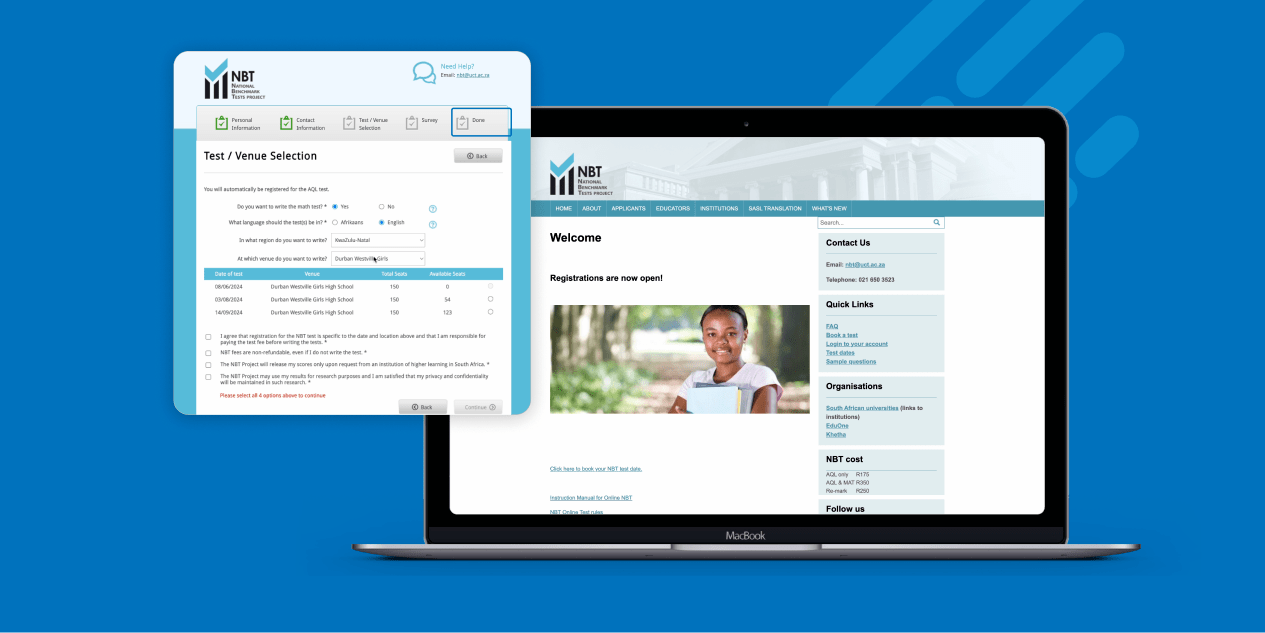
How to book your NBT test: a step-by-step guide
NBT
Featured
Booking your National Benchmark Test (NBT) is a crucial step in your journey towards university admission in South Africa. Here’s a detailed guid... Read more
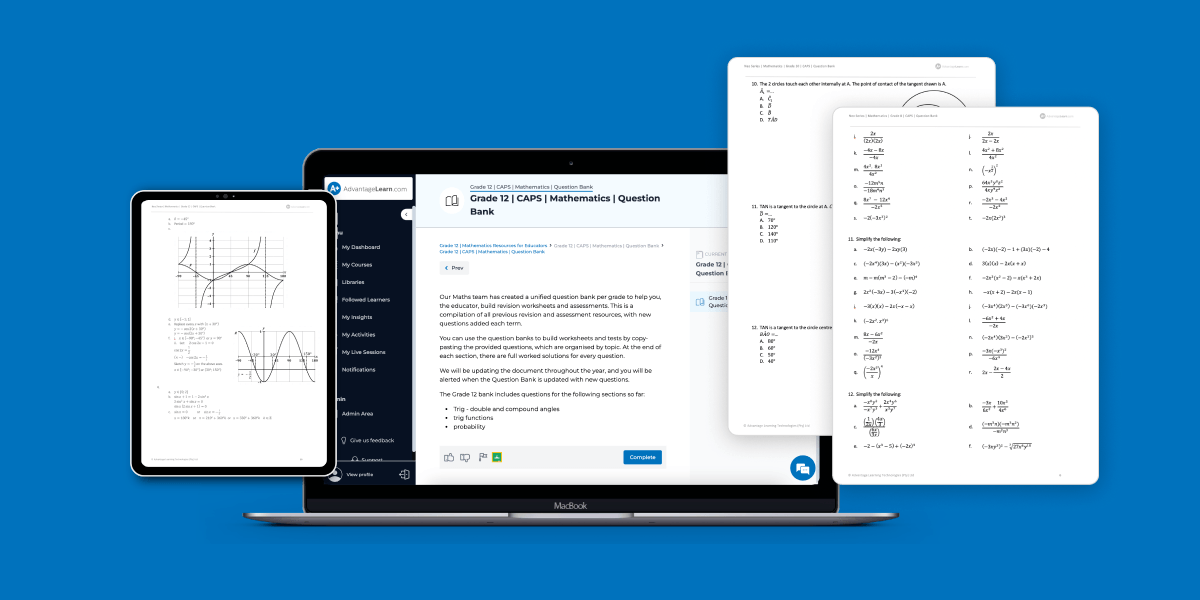
Resource Drop: Grade 8-12 Maths Question Banks
Maths
Education
Neo Series
Featured
As educators ourselves, we understand the myriad of challenges faced when curating materials for effective teaching and assessment. It’s a balancing ... Read more
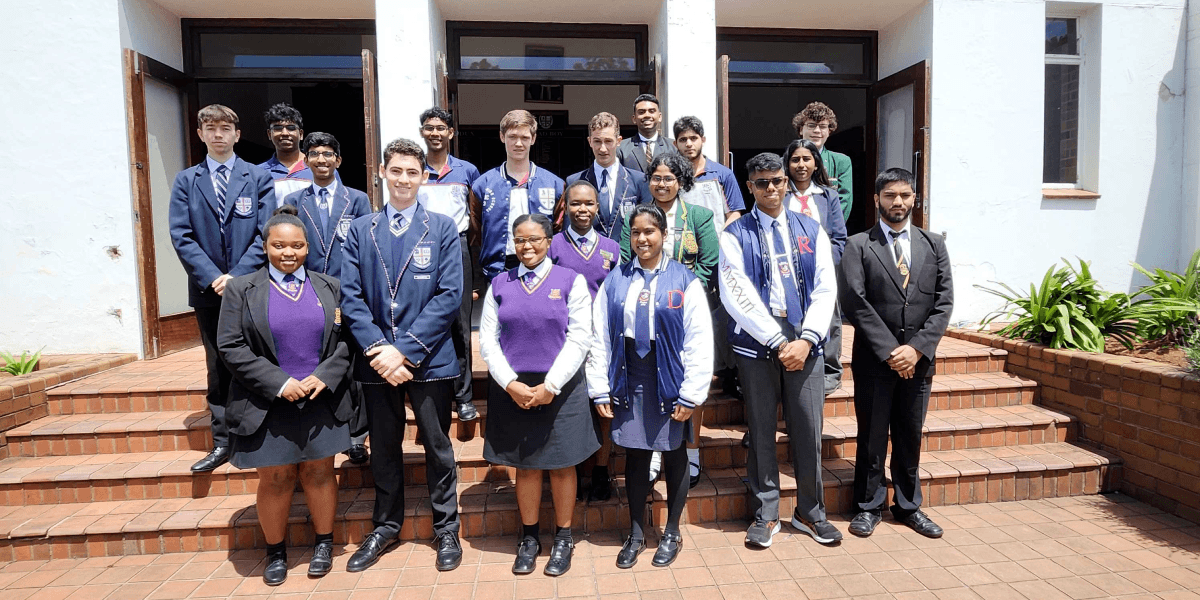
Class of 2023 Further Studies Results
Further Studies
Thriving on a challenge The Independent Examination Board (IEB) released the results of their International Secondary Certificate (ISC) on the... Read more
Do you want better Maths results?
Maths Online is a bank of over 2000+ extra lessons. Furthermore, gain access to our teacher support to help you when you need it!
More info













